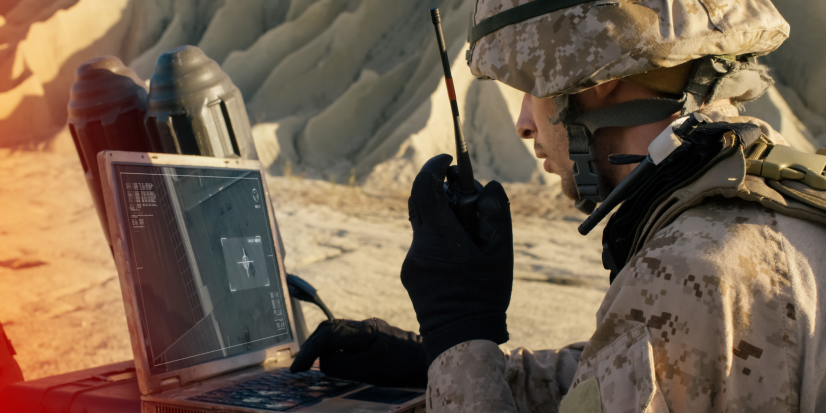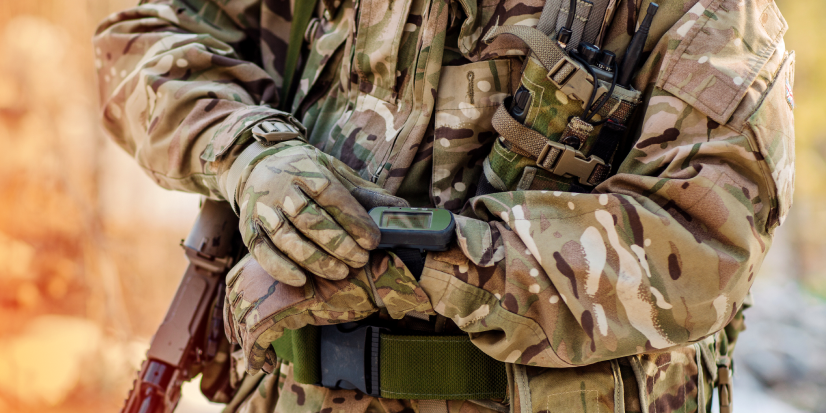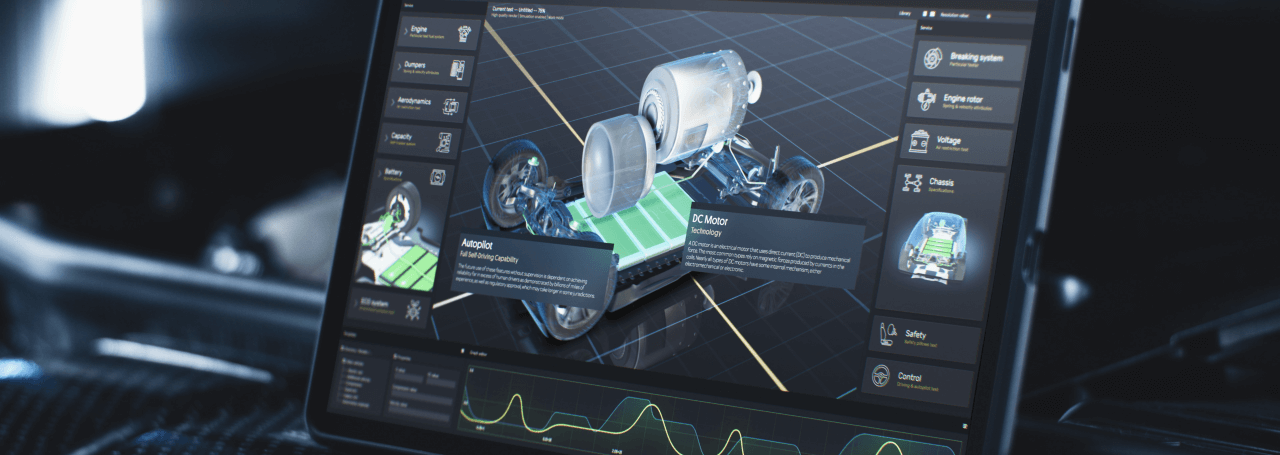PART 1.
How advanced displays enhance safety and performance in the harshest environments
In this article, you will find details on designing military displays, including durability, environmental conditions, and military standards.
Displays play a crucial role in modern military devices, contributing significantly to operational efficiency, safety, and the overall performance of military equipment. As the number of displays in various applications continues to grow, their importance in military contexts becomes increasingly evident. Displays not only serve as output devices providing critical information but also function as input devices, enabling users to interact with and control their environment from a distance.
Topics covered:
- Importance of displays in military devices
- Key considerations for military display design
- Examples of military equipment utilizing displays
- Military standards and regulations
- Environmental and electromagnetic requirements
- Testing and reliability of military displays
Key considerations for military display design
Designing displays for military applications requires special attention to a range of factors that are less critical in other industries. Military displays must be exceptionally robust, capable of withstanding extreme environmental conditions, and designed with specific use cases in mind. The following key factors must be considered when selecting a display for military equipment:
- Mechanical sturdiness:
- Housing design: Military displays require durable housing capable of withstanding physical stresses typical of military operations such as sealing from water and dust or impact resistance.
- Backlight and FPC (Flexible Printed Circuit): Components must be designed to endure extreme conditions, including vibrations and potential impact.
- Environmental conditions:
- Sunlight and harsh environments: Military operations often occur outdoors, where displays must remain readable under direct sunlight and resist damage from environmental factors such as temperature extremes.
- Altitude and pressure: Devices must function correctly at various altitudes, from ground level to 30,000 feet (approximately 10 kilometers), where atmospheric pressure is significantly lower.
- Power consumption:
- Power efficiency: For handheld military devices, power efficiency is critical. Displays must balance high brightness for readability with low power consumption to extend battery life.
Transflective displays: Utilizing transflective technology allows displays to reflect ambient light, reducing the need for backlight and thus conserving power.


Examples of military equipment utilizing displays
Military displays must comply with rigorous standards to ensure reliability and durability in extreme conditions. Some examples of military equipment utilizing advanced displays include:
| CATEGORY | REQUIREMENTS |
| In-vehicle displays |
|
| Handheld devices |
|
Military standards and regulations
Military displays must comply with rigorous standards to ensure reliability and durability in extreme conditions. The primary standards applicable to military displays are:
- MIL-STD-810:
- Covers environmental conditions, including temperature, vibration, and mechanical shock.
- Ensures displays can endure the harsh physical conditions typical of military operations.
- MIL-STD-461:
- Focuses on electromagnetic interference (EMI).
- Ensures that displays and other electronic components do not interfere with EMI, which is critical in environments with numerous electronic systems.


Environmental requirements and testing
Military displays must withstand significantly harsher environmental and electromagnetic conditions than civilian counterparts. A key environmental factor is temperature, as these displays need to operate reliably within a range of -40°C to 85°C, ensuring functionality in extreme heat and cold.
Vibration and shock resistance are also critical, with rigorous testing such as the “helicopter drop” test ensuring the displays remain functional under the physical stresses typical of military operations. Both display and end-device manufacturers conduct extensive testing to guarantee that the displays can operate effectively in environments dense with electronic devices.
Conclusion
Selecting the right display for military devices involves a complex process that requires careful consideration of environmental factors, power efficiency, and compliance with demanding military standards. By adhering to these guidelines, engineers and designers can ensure that their displays perform reliably under the demanding conditions typical of military operations.
CHECK OUT RIVERDI’S MILITARY-READY PRODUCTS
Be sure to find the right industrial-grade touchscreen for your military device:
- Need to enhance the brightness and optical performance of your military display?
Choose High Brightness IPS Displays with optical bonding that perfectly reduce the reflection and correct contrast. - In search of the most effective data interchange between graphics and a truly industrial touch controller?
Check BT817Q (EVE 4) product category with revolutionary communication protocol for industrial, medical and military applications requiring beautiful and sophisticated GUI. - Looking for one of the highest resolution (1280×800 pixel) HMI displays based on STM32H7 MCUs?
Choose STM32 STM32 Embedded Displays with high performance enabled by STM32H757XIH6 (2MB Flash, 1MB RAM) microcontroller.
- Need a plug and play HDMI interface and USB-C touch solution?
Pick the HDMI Displays that are high-resolution, high-brightness IPS TFT products with optical bonding and industrial grade touch screen as Riverdi’s standard.
CONTACT US
Contact our expert to dive deeper into the industrial-grade military displays for your project.
Having issues with your current technology? Want to learn about frameworks and our clients’ success stories? We are happy to discuss and assist you with your design and R&D challenges.
DISCOVER OUR
Whitepaper
Achieve the perfect user-display interaction with the right Touch Sensor IC. Ever faced issues with phantom touch events or certification? Boost your R&D like a pro with our Whitepaper!



